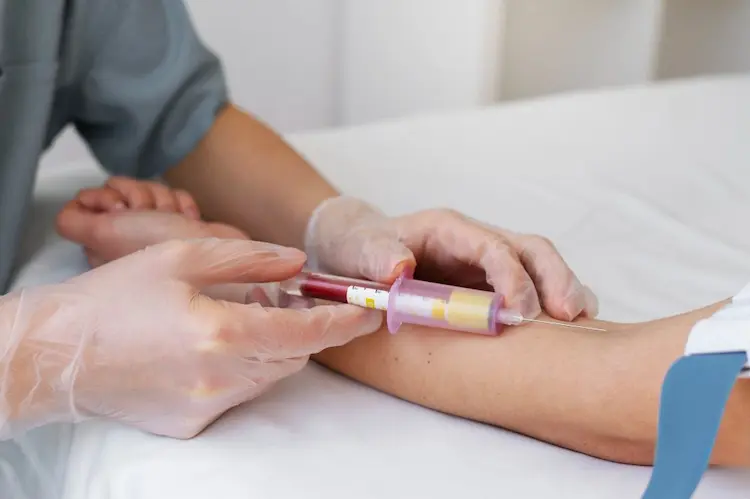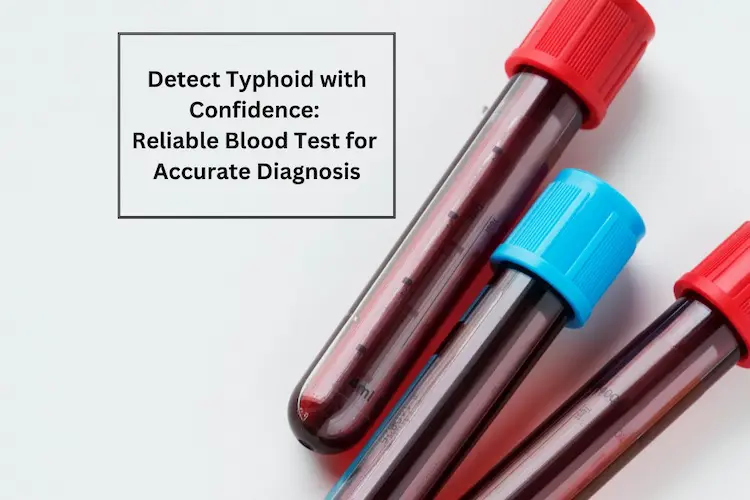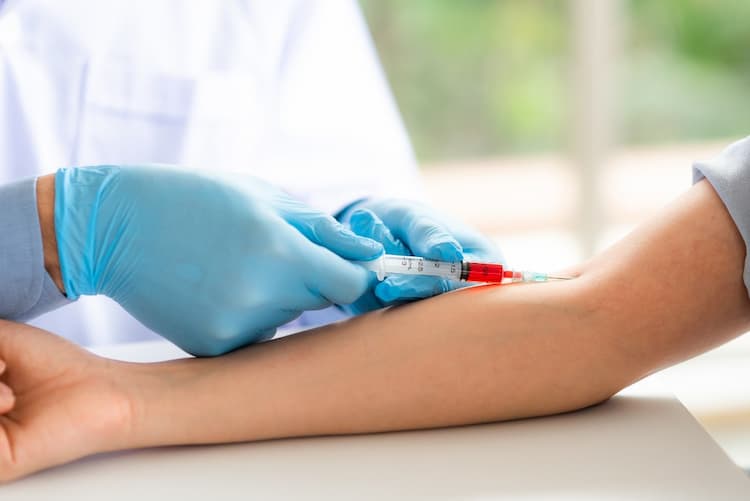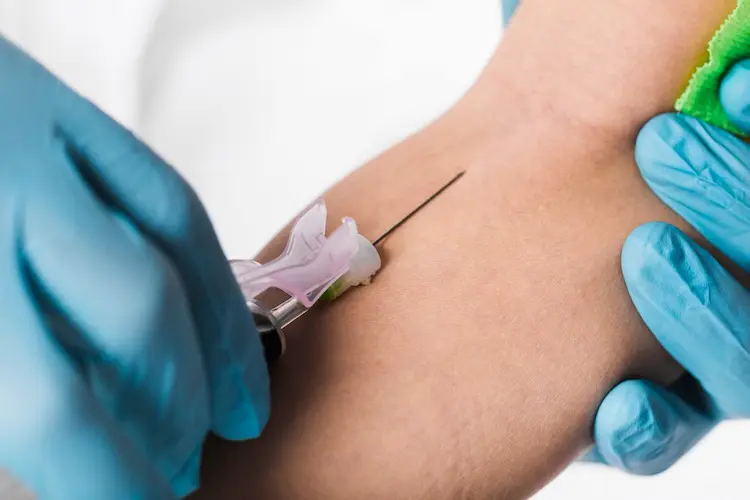DLC Test - Price, Range, Purpose, Procedure [2024]

Medically Reviewed By
Dr Divya Rohra
Written By Srujana Mohanty
on Jul 26, 2022
Last Edit Made By Srujana Mohanty
on Apr 5, 2024
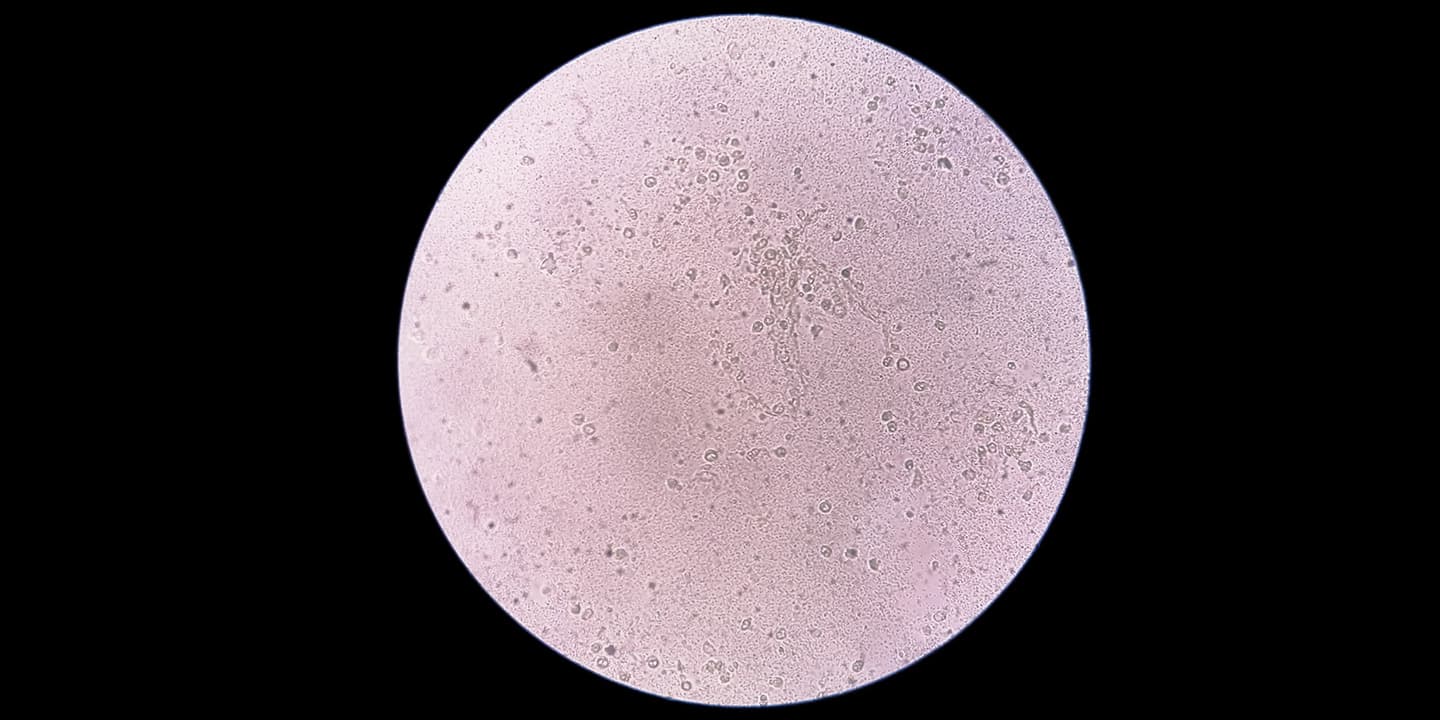
The blood that essentially runs through the veins, arteries, and capillaries has 55% plasma and 45% of blood cells. The blood functions in the following ways:
- Transports oxygen and nutrients to the lungs and other organs.
- Clots during injury to prevent blood loss.
- Transports cells and antibodies to fight infections.
- Carries waste to kidneys and liver to clean and filter the waste.
- Regulate body temperature.
The blood and its components need to be in ideal reference ranges while carrying out the essential body functions. The blood is an aggregate of blood plasma and blood cells- red blood cells (RBC) or erythrocytes, white blood cells (WBC) or leukocytes, and platelets or thrombocytes.
The DLC or the Differential Leukocyte Count measures the percentage of various WBC types in the blood. The DLC test informs about the presence of immature WBCs that lead to anomalies like anaemia, leukaemia, and infections.
What is a DLC test?
Differential Leucocyte Count or DLC Test is a blood test that helps assess the percentage of each type of leucocyte or white blood cells in the body. White blood cells (WBCs) are a critical component of the immune system that is pivotal in defending our body against infections and foreign invaders. The DLC Test helps doctors look for white blood cell abnormalities, and by differentiating specific types and proportions of WBC, it helps diagnose diseases like leukemia, allergies, or infections and assess overall immune health. The accurate count of DLC helps evaluate immune health, find abnormalities (if any), and allow timely intervention. Besides being recommended solely, the test is also suggested as a part of a complete blood count test that measures other types of blood cells. It gives better insight into the health.
The test measures Absolute Basophils Count, Absolute Eosinophils Count, Absolute Lymphocytes Count, Absolute Monocytes Count, AbsoluAbsolute Neutrophil Count, and more to help assess the immune system and overall well-being. You can book your DLC Lab Test with the best Omnichannel Pan India Diagnostic Service Provider, Redcliffe Labs. We provide precise testing and accurate reports at your fingertips. You can schedule the test online in just 1 minute. Book Differential Leucocyte Count Test now.
DLC Test Details:
|
Also Known As |
DLC, White Blood Cell Differential, Leukocyte Differential Count |
|
Purpose |
measures the percentage of each type of white blood cell (WBC) in the blood |
|
Preparation |
Do not drink alcohol or smoke before the test |
|
Fasting |
No Fasting Required |
|
Get Reports Within |
Same Day |
|
DLC Test Cost |
INR 149 |
Why is a DLC test required?
The DLC in a blood test is done in case of one of the following conditions:
- Measured during the Complete Blood Count (CBC) test in regular health check-ups,
- TLC and DLC tests can be done together to diagnose the internal infection condition,
- It can be a follow-up test in case of abnormal CBC outcomes,
- Helps detect infections and inflammations,
- Helps detect conditions with low WBC counts like blood disorders, and bone marrow diseases,
- Helps keep a check on bone marrow functions,
- Helps monitor cancer treatment and chemotherapy.
What symptoms may prompt the need for a Differential Leucocyte Count Test?
Your doctor may suggest you as a part of the Complete Blood Count Test or to individuals exhibiting symptoms of potential white blood cell composition issues. Such symptoms are:
- Recurrent or severe bacterial, viral, or fungal infections
- Prolonged or recurrent fevers without an obvious cause
- Persistent fatigue or weakness
- Significant, unintended weight loss
- Unexplained or chronic pain
- Unexplained bruising, bleeding, or prolonged clotting times
- Severe or recurrent allergic reactions
While these symptoms are not definitive, indicating abnormalities in DLC levels, they may trigger a need for getting tested. A DLC Blood Test may help doctor differentiate various WBC types and their percentage, allowing a more accurate diagnosis and appropriate treatment planning for underlying causes.
What are the different types of leukocytes measured in a DLC test?
WBCs are the type of blood cells that are produced in the bone marrow and present in the blood and lymph system. They aid the immune system fight infections. There are five major WBC types.
- Neutrophils: The most common WBC type that helps destroy microorganisms or pathogens causing infections.
- Lymphocytes: Lymphocytes are distinguished into three types. B-cells, T-cells, and Natural Killer Cells. The B-cells take the help of antibodies to destroy the pathogenic viruses and bacteria in the body. T-cells destroy the body’s cells infected by pathogens or tumour cells. Natural killer cells eventually kill all the foreign cells marked by antibodies as cancer cells or infected cells by phagocytosis.
- Monocytes: They form a defensive system against the pathogens attacking them.
- Eosinophils: Helps fight inflammation, infections, and allergies.
- Basophils: Defends by producing enzymes essential to fight allergic reactions and asthma.
Differential Leucocyte Count Test List:
- Absolute Basophils Count: The test, as a part of the DLC Medical Test, helps measure the exact number of Basophils in the blood, which are involved in allergic response and inflammatory reactions. Abnormal Absolute Basophils Count usually indicates allergies or other underlying conditions.
- Absolute Eosinophils Count: The test quantifies the number of eosinophils per microliter of blood, which, if elevated than the normal range, indicates allergies, parasite infections, or certain autoimmune disorders.
- Absolute Lymphocyte Count: Lymphocytes are essential for immune defense, and abnormalities in Absolute lymphocyte count suggest viral infections, immunodeficiency, or other disorders.
- Absolute Monocytes Count: The test also measures Monocytes in the blood, which, if not in balance, indicates conditions like bacterial infections and chronic inflammatory disease that may need further evaluation.
- Absolute Neutrophils Count: The test may signal certain bacterial infections or bone marrow disorders while measuring absolute Neutrophils in the blood.
These parameters help understand the composition of white blood cells in one way or another, helping diagnose various medical conditions, like infections or diseases.
Results Interpretation of the TLC, DLC Tests
The normal differential WBC counts vary depending on factors, such as age, gender, health, and external factors. WBC production in the bone marrow increases with an infection, inflammation, or cancer. The increased WBCs work together to target, fight, and treat the condition. Depending on the condition one or more WBC types remain elevated in the blood. As the condition or infection subsides, the bone marrow reduces WBC production, and the WBC count in the blood decreases.
The Normal ranges of DLC in adults are mentioned below:
| WBC Type | Reference range levels in percentage |
| Neutrophils or Polymorphs | 40 to 60% |
| Lymphocytes (B and T cells) | 20 to 40% |
| Monocytes | 2 to 8% |
| Eosinophils | 1 to4% |
| Basophils | 0.5 to 1% |
Increased counts of one or more WBC types may be an indication of infection or chronic condition that needs to be addressed. Increased or decreased DLC can also indicate possibility of health conditions of the immune system, autoimmune disorders, and cancers where the body attacks its own cells of the immune system.
The normal range of total Leukocyte count (TLC) is 4000 to 11,000 cells/ cubic millimetre of blood. The decrease in total WBC count or leukopenia results when the body’s ability to fight infections and diseases reduces, making the body vulnerable to health complications.
This condition is generally seen when a patient is undergoing chemotherapy treatment, influenza, tuberculosis, malaria, typhoid, and dengue.
Elevated total WBC count or TLC levels is leukocytosis. Chronically infected people- have rheumatoid arthritis, inflammations, connective tissue disorders, blood disorders, leukaemia, or newborn infants.
The TLC-DLC test does not diagnose a particular condition but work as important indicators when the body is having an infection, inflammation, or an acute condition. A TLC-DLC test may require follow-up tests or further investigations to point to a particular condition or direct towards a treatment.
What preparations are required for a DLC Test?
It is a simple blood test that may require no special preparations. However, the general guidelines that one may need to follow are:
- While the test doesn't require fasting, and you can eat or drink water normally before the test. However, it is always advisable to avoid heavy foods that can influence the test results or follow the doctor's advice if given any.
- Discuss your ongoing prescribed or non-prescribed medicine with your doctor, as it can otherwise influence the test results. Also, do not stop any ongoing medication or take any medicine without their instructions.
- Avoid strenuous exercise, smoking, or drinking for a certain period before the test, as it can cause inaccurate results.
- Sleep well, keep yourself calm, and be open about any fears or known allergies or conditions that you may have.
Remember, every detail matters, especially regarding a DLC Blood Test. Inaccuracies in the blood sample collection can lead to inaccurate reports. Therefore, being extra careful and following your healthcare practitioner's instructions is highly advisable.
What is the procedure for a DLC Test?
Unsure about the DLC Test Procedure, look no further and scroll below:
- Firstly, a phlebotomist may tie a band around your upper arm to ensure the vein is visible.
- Afterwards, they will clean the site using a disinfectant to minimize the risk of catching infection.
- Then, a sterile syringe will be inserted into the vein to draw the appropriate amount of blood for the testing.
- After collecting the sample, they will withdraw the needle and seal the site using an adhesive tape or a sterile cotton ball.
- You may be asked to keep the bandage on to stop bleeding.
Each step holds a significant value in ensuring accurate DLC Test Results. Therefore, if you have any queries about the preparations or procedure, communicate with your healthcare practitioner today.
DLC Test Price At Redcliffe Labs!
The DLC Test Cost can vary depending on different factors, including the choice of lab, location, and additional tests (if any). However, with Redcliffe Labs, we always keep our charges affordable, as it is one of our pillars that stands us apart from others. Therefore, with us, the DLC Test Price is just Rs 149. You can book the test online and get tested comfortably from your home.

Schedule Your DLC Test Online in 1 Minute!
Your comfort, time, and safety matter most to us at Redcliffe Labs. Hence, we are available a few clicks away. You can schedule your DLC Test online via the website or mobile app, and our phlebotomist will visit your home to pick up the sample, ensuring that your safety and comfort don't get compromised. Moreover, we provide an accurate DLC Test Report accessible at your fingertips. So, book your DLC Test with us now.
Frequently Asked Questions
-
What is the normal range of DLC?
The DLC blood test normal range are:
- Neutrophils - 2500-8000 per mm3 (55-70%)
- Lymphocytes - 1000-4000 per mm3 (20–40%)
- Monocytes - 100-700 per mm3 (2–8%)
- Eosinophils - 50-500 per mm3 (1–4%)
- Basophils - 25-100 per mm3 (0.5-1%)
-
What happens when DLC is high?
When the blood DLC test shows high results, the diagnosis may be a probable infection, inflammation, cancer, or any other condition the body is fighting against.
-
Are the DLC and WBC the same?
White blood cells (WBC) or leukocytes are the type of blood cells that aid the defensive immune system against infectious pathogens or foreign bodies. Differential Leukocyte count is the percent of different leukocytes or WBCs in the blood.
Conclusion
WBCs are components of the blood cells that fight out an infection, inflammation, or chronic condition in the body. With five different WBC types present in the blood, the DLC or the differential blood count test gives a percentage measure of each white blood cell (WBC) type and also helps disclose the abnormal conditions of the body, showing reduced immunity. TLC, or total leukocyte count, gives the overall measure of WBCs in the blood.
An early or regular TLC- DLC testing allows early detection of any acute condition, enabling early treatment and prognosis.
